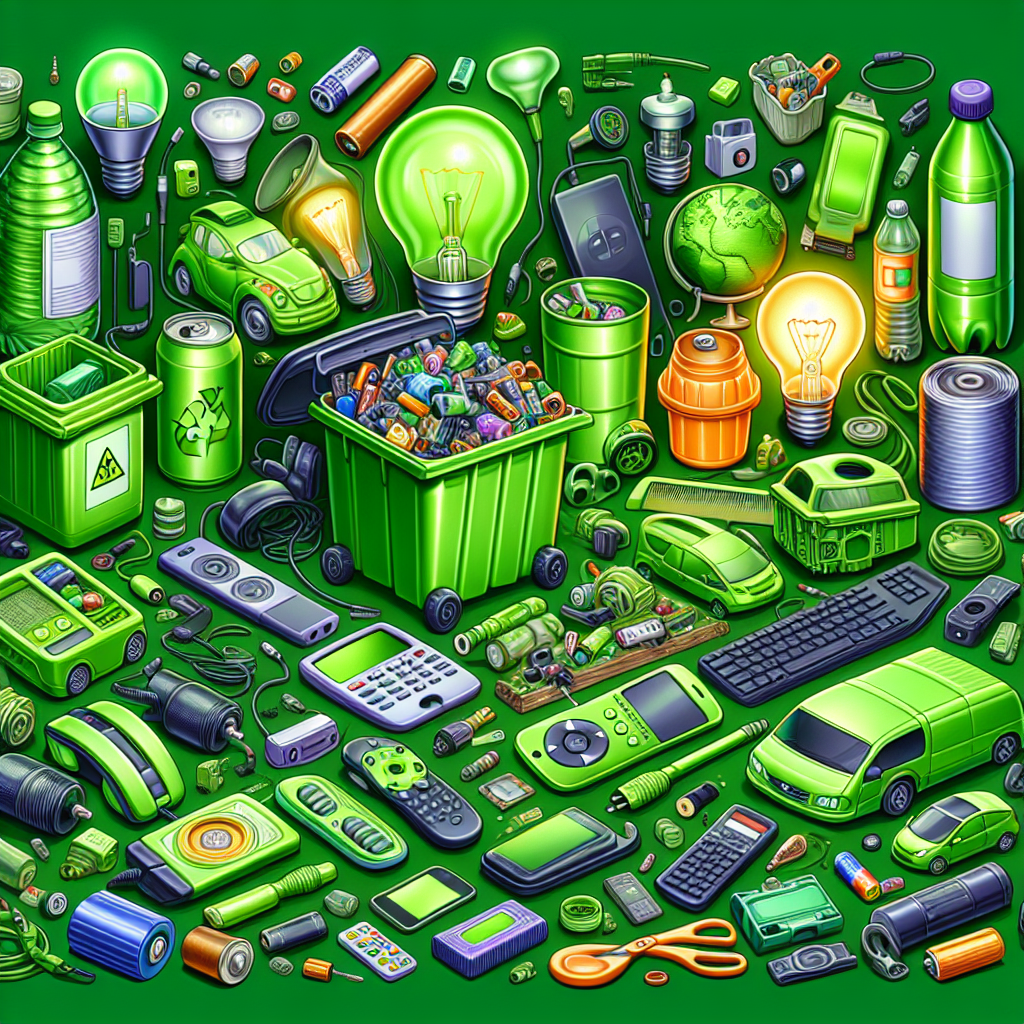Blog Ecobraz Eigre

What is not accepted when disposing of electronics?
Introduction to electronics disposal
The correct disposal of electronics is essential to minimize environmental impacts and maintain community safety. However, not all electronics-related items are accepted at official disposal points, due to safety, toxicity and proper recycling issues.
Prohibited items in electronics disposal
While most electronic devices can be disposed of at specific points, some materials are restricted or prohibited. These include conventional batteries that have not been removed, fluorescent lamps, ordinary batteries, flammable materials, hospital waste, and components containing hazardous substances that are not compatible with electronic recycling.
Why are some materials not accepted?
Some components, such as damaged lithium batteries or fluorescent lamps, contain chemical elements that can contaminate the environment if they are not treated properly. Furthermore, disposing of them incorrectly can pose risks of fire, explosion or poisoning. For this reason, these items require special handling or specific collection points.
Hazardous substances and non-electronic waste
Waste such as pesticides, hospital waste, ordinary batteries and mercury lamps should not be disposed of together with electronics. They have specific treatments due to their toxicity, and their presence in the collection of electronics can compromise recycling processes and the safety of operators.
How to proceed with non-accepted materials?
For these materials, it is necessary to look for specific collection points, special campaigns or specialized services that guarantee the correct destination. Many cities have their own collection points for batteries, light bulbs or hazardous waste, to avoid irregular disposal.
Tips for responsible disposal of electronics
- Remove all batteries before disposing of electronic devices.
- Search for certified collection points and find out which items are accepted.
- Do not dispose of fluorescent tubes and ordinary batteries together with electronics.
- Find out about local campaigns for the collection of special waste.
- Avoid disposal in ordinary garbage to prevent environmental contamination.
Conclusion
The correct disposal of electronics is fundamental to preserving the environment and public health. Knowing what is not accepted is just as important as knowing what can be disposed of. Following the guidelines and using the appropriate channels for each type of material contributes to a cleaner and safer planet.

Deixe um comentário
O seu endereço de e-mail não será publicado. Campos obrigatórios são marcados com *